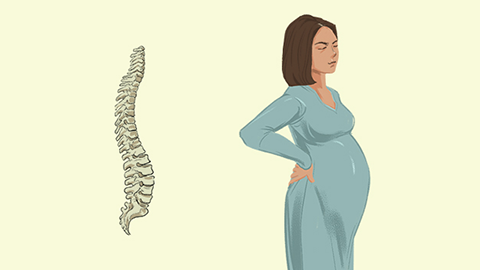Is ankylosing spondylitis serious?
Ankylosing spondylitis generally refers to ankylosing spondylitis. Its severity needs to be determined according to different stages of disease progression and individual differences. A detailed analysis is as follows:

If the disease is at an early stage, the inflammation is mostly limited to the sacroiliac joints and lower back. Symptoms mainly include pain and morning stiffness. With standardized treatment, inflammation can be effectively controlled. Most patients experience no significant impact on joint function and can carry out daily activities normally. The severity of the disease is relatively low at this stage, and timely intervention can delay disease progression.
If the disease is at an advanced stage, long-term inflammation affecting the spine and peripheral joints can lead to spinal rigidity and joint deformities. Patients may experience severe limitations in spinal mobility, even being unable to bend over or turn around. Some patients may also develop hip joint fusion, affecting their ability to walk. At this stage, the disease severity is high, treatment becomes more challenging, and quality of life is significantly impacted.
In daily life, prolonged sitting or standing should be avoided. Maintaining proper sitting and standing posture can reduce stress on the spine. Engaging in appropriate physical activities such as swimming and walking can help maintain joint flexibility. Regular follow-up visits are necessary to monitor disease progression and adjust treatment plans according to medical advice. If symptoms worsen, prompt medical attention should be sought to avoid delays in treatment.








